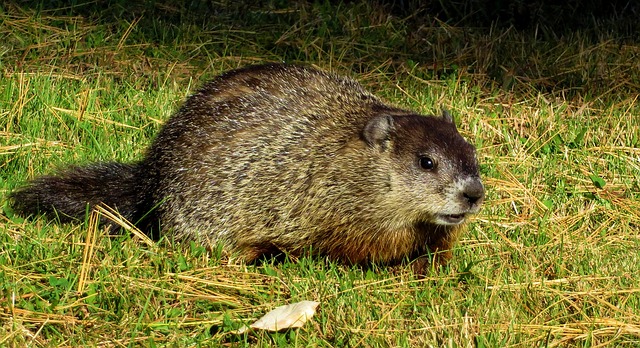Many local residents have mixed feelings about the almost-famous Punxsatawney Phil’s New Year prediction of six more weeks of winter.
Although on average, sunnier winter days, which are more likely to cast the groundhogs shadow, are usually correlated with chillier and dryer weather – the old tradition which started in 1887 is not as accurate as it is fun. Last year Phil did not see his shadow, meaning that spring should have arrived early, however, it really didn’t arrive any earlier than normal.
Phil isn’t the only groundhog used to predict the forecast, his rival, Staten Island Chuck, has been predicting the weather as well since the more recent year of 1992 – and supposedly his predictions are accurate 80% of the time, compared to Phil, who is only accurate around 25%-30% of the time.
For those who remain wishful for an early spring, Chuck did not see his shadow this year.
New Jersey’s Rutgers University state climatologist, Dr. Dave Robinson, said that he sides with Chucks predictions due to the higher-than-normal temperatures experienced throughout January.
He warns that there is little scientific evidence to support the accuracy of the groundhogs weather predicting tradition, further stating that even for meteorologists, predicting the weather six weeks ahead is hard to accurately do.
Regardless of the legitimacy, Groundhog Day is still widely celebrated throughout the United States and even Canada.
With over a dozen “weather predicting groundhogs” throughout the US and Canada, it’s no surprise there are conflicting predictions from time to time.
Despite if you choose to believe Chuck or Phil, it’s safe to say their predictions are nothing more than a coincidence – but it’s still nice to have someone, or something, to blame for the ongoing cold weather.


Be the first to comment on "Punxsutawney Phil and Staten Island Chuck Conflict Predictions"